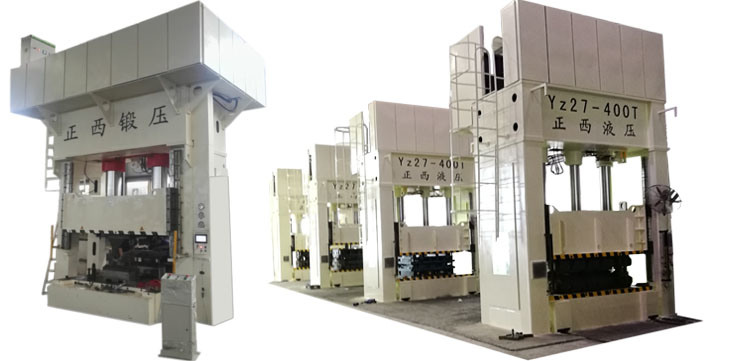
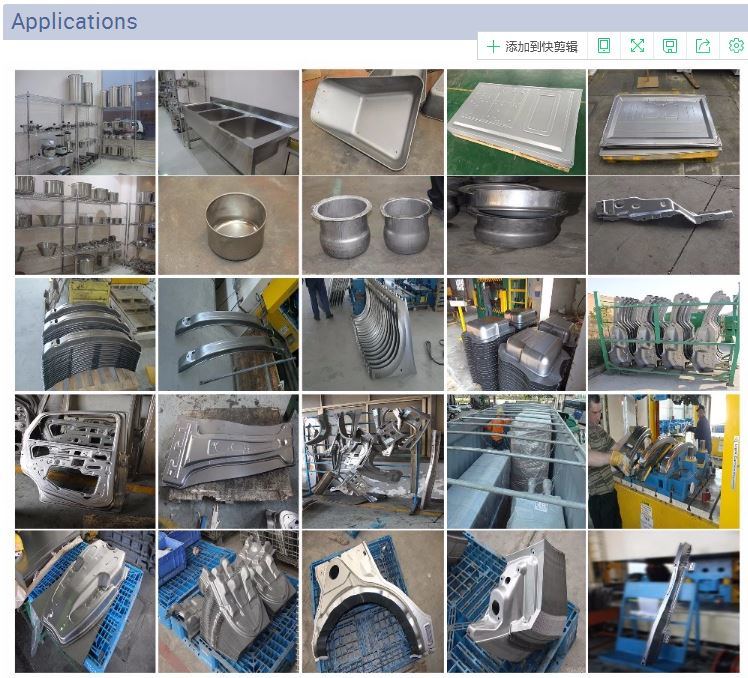
Building a stainless steel product from scratch involves a complex process that combines advanced technology, precision engineering, and deep knowledge of material science. While stainless steel is widely used in industries around the world, few people understand the detailed steps involved in its creation. Here are six essential stages in the manufacturing of a stainless steel product:
1) Material Handling
Uncoiler: A machine located at the start of the production line that holds and unwinds steel strips. It controls the speed and direction of the metal as it moves into the processing area for operations like slitting or tube mill entry.
2) Forming
Deep Drawing Press: In this stage, semi-finished steel shapes undergo forming processes. Stainless steel is often hot rolled to create bars, sheets, or plates. Bars are particularly versatile due to their availability in various grades and sizes, making them suitable for different applications such as structural components or mechanical parts.
3) Heat Treatment
Annealing Furnaces: During heat treatment, stainless steel is heated and cooled in a controlled environment to relieve internal stress and improve material properties. Proper control of temperature and cooling rate is crucial to ensure product quality and performance.
4) Descaling
Pickling: After annealing, scale forms on the surface of the stainless steel. Pickling is a common method used to remove this scale, ensuring a clean surface for further processing.
5) Cutting and Punching
In this step, the processed stainless steel is cut into specific shapes using tools like guillotine knives, blanking, or high-speed blades. Holes and other features are also created during this stage.
6) Finishing and Polishing
Polishing Machine: The final stage involves polishing to achieve a smooth, aesthetically pleasing finish. This is especially important for sanitary applications where cleanliness and ease of maintenance are key requirements.
Hydraulic Press 4 Column – Sheet Metal Deep Drawing
Features:
1. Utilizes hydrostatic pressure to process materials such as metal, plastic, rubber, wood, and powder.
2. Widely used in forging, stamping, cold extrusion, bending, flanging, and press-fit operations.
3. Offers technical and economic benefits, including reduced weight, fewer parts and molds, improved strength, and lower production costs.
SPECS of Yz33
| Model | Unit | Yz33-25T | Yz33-50T | Yz33-63T | Yz33-100T | Yz33-160T | Yz33-250T | |
| Clamping Force | KN | 250 | 500 | 630 | 1000 | 1600 | 2500 | |
| Working Layer | Qty | 2~4 | 2~4 | 2~4 | 2~4 | 2~4 | 2~4 | |
| Piston Stroke | mm | 180 | 250 | 250 | 250/250 | 250/250 | 500 | |
| Heating Platen Daylight | mm | 90 | 125 | 125 | 125 | 125 | 125 | |
| Heating Platen Size |
Left-right | mm | 350 | 400 | 500 | 600 | 750 | 900 |
| Front-back | mm | 350 | 400 | 500 | 600 | 850 | 900 | |
| Heating Plate Power | KW | 1.5 | 2.2 | 3 | 7.5 | 11 | 15 | |
| Motor Power | KW | 7.2 | 9 | 10.8 | 33.75 | 45 | 45 | |
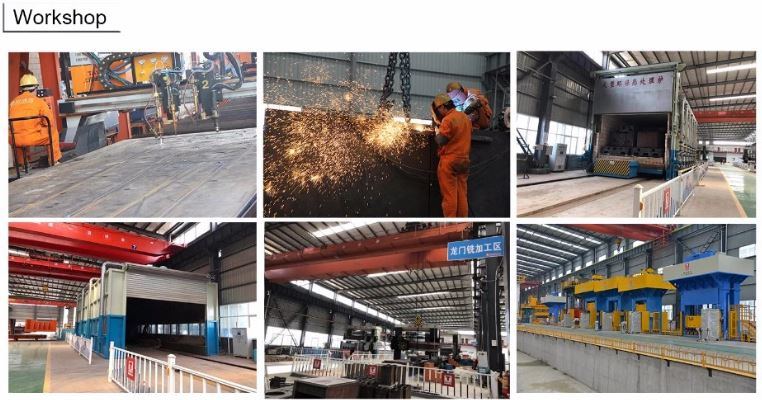
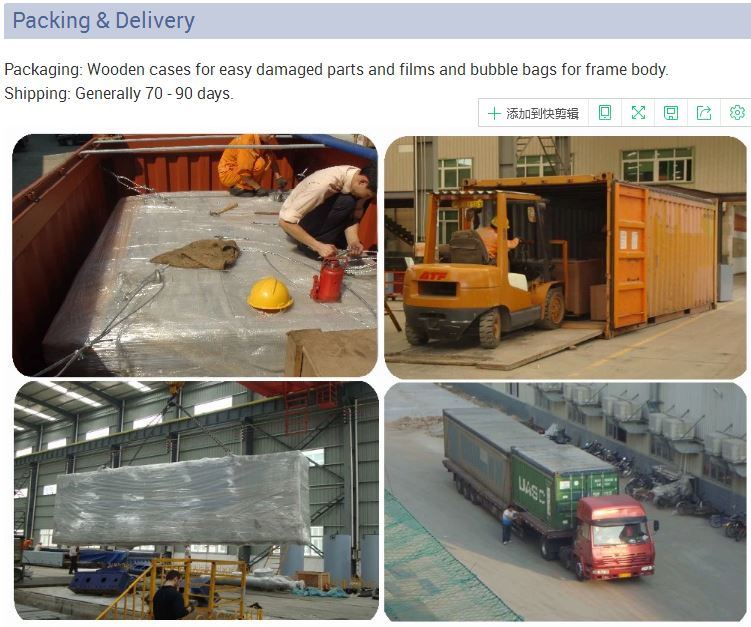
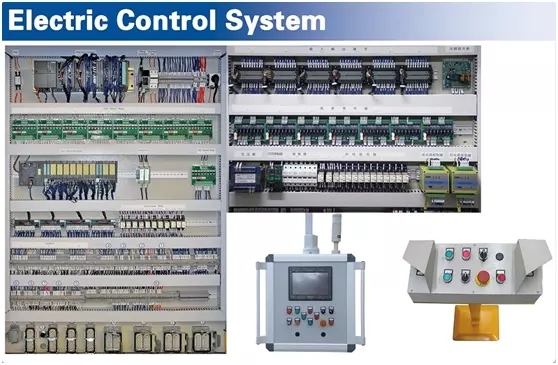
Certificate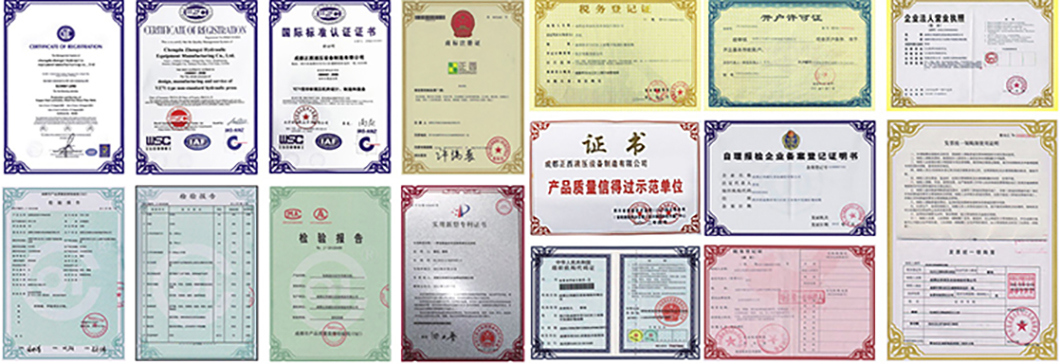
Galvanized Barbed Wire,Barbed Wire Coil,Iron Barbed Wire
HEBEI CONQUER HARDWARE WIRE MESH CO.,LTD , https://www.anjiahardware.com